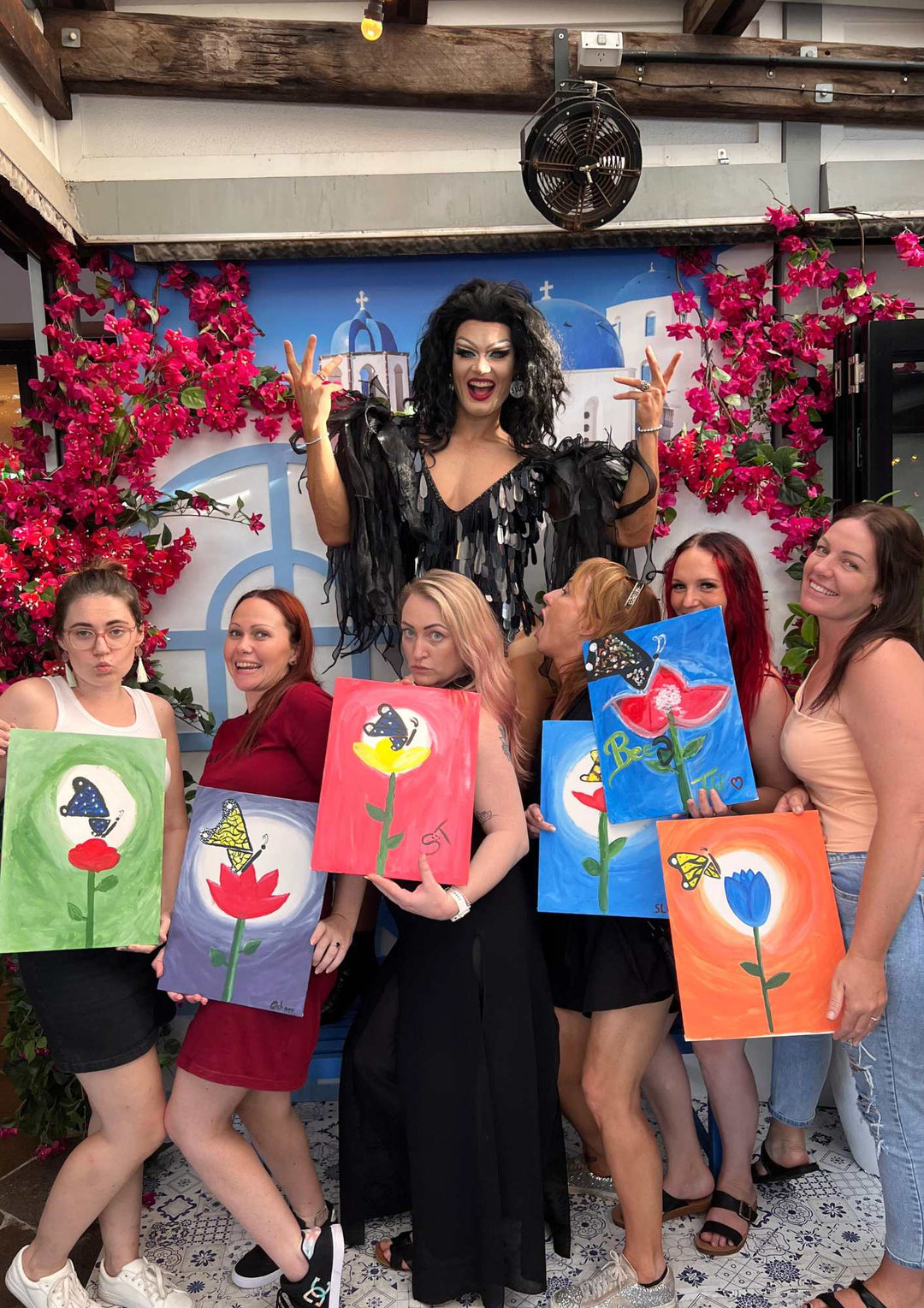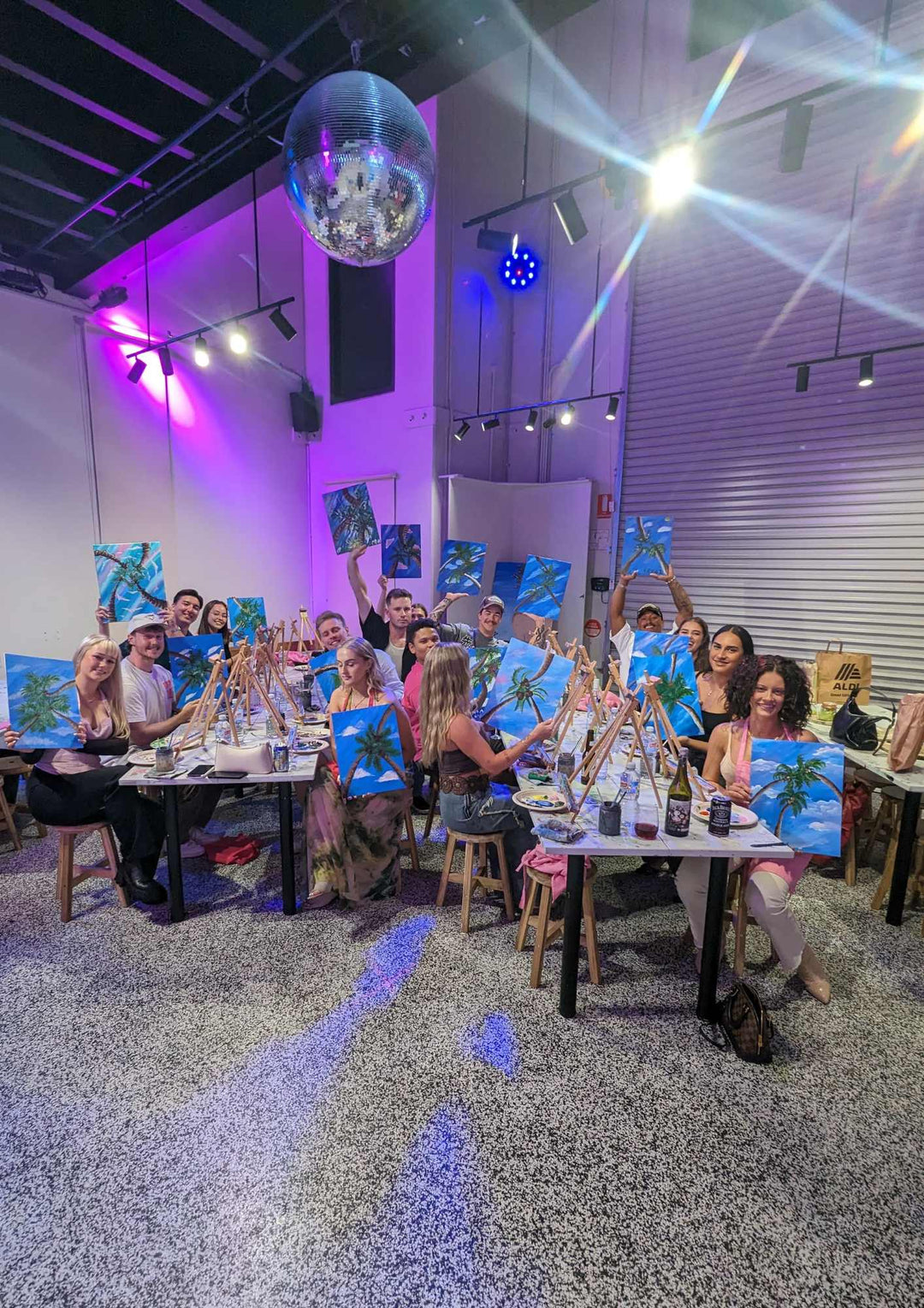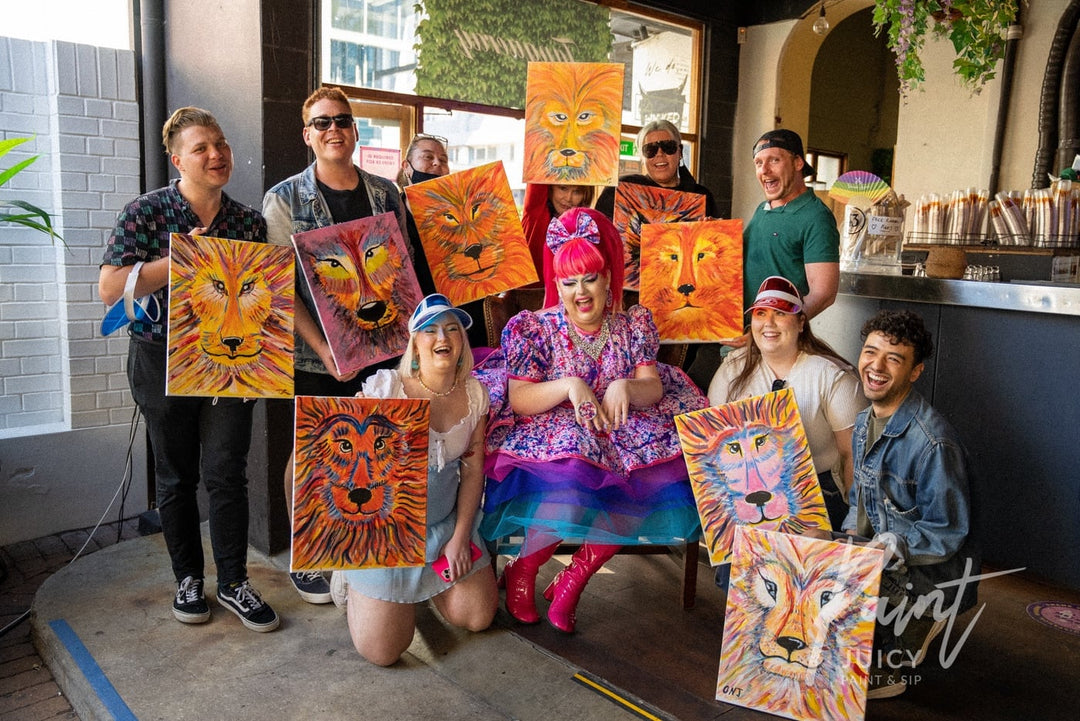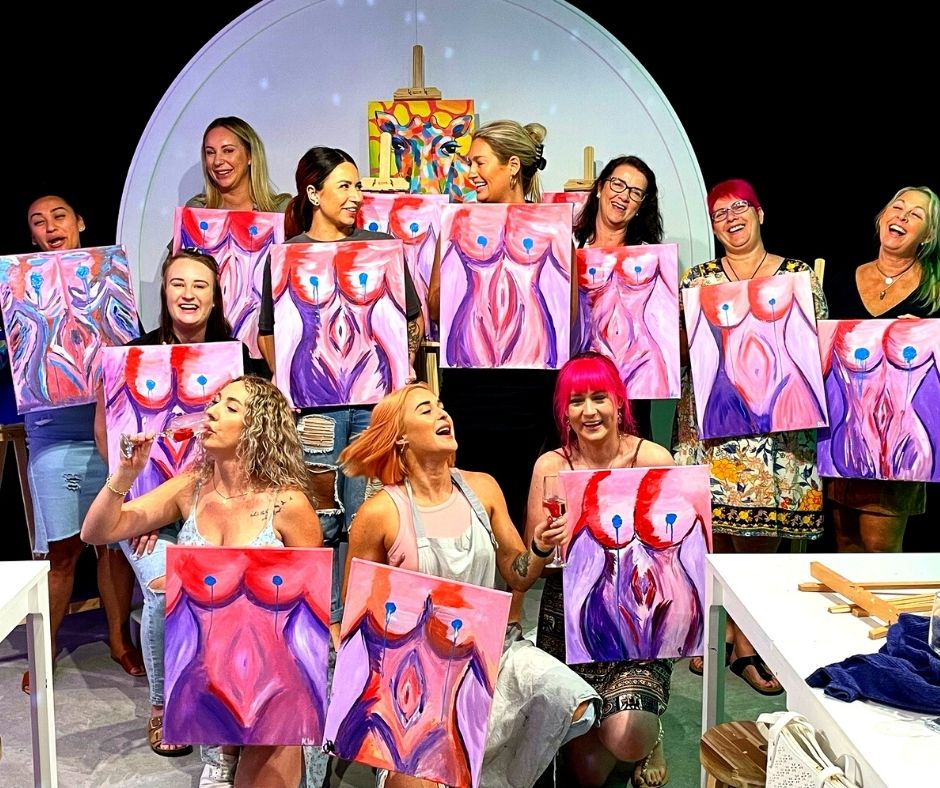Colour Theory; What is Colour?
The world of colour can be a fascinating one, and the principles of colour theory provide a useful framework for understanding how colours can be used together to create visually appealing combinations.
At the heart of colour theory is the colour wheel, a circular diagram that arranges colours according to their relationships with one another. The colour wheel is typically divided into 12 colours: the three primary colours (red, yellow, and blue), the three secondary colours (orange, green, and violet), and the six tertiary colours (yellow-orange, red-orange, red-violet, blue-violet, blue-green, and yellow-green).
The primary colours are the most fundamental colours, and they cannot be created by mixing any other colours together. All other colours can be created by mixing different combinations of primary colours. For example, mixing red and yellow together creates the secondary colour orange, while mixing red and blue together creates the secondary colour violet.
One of the key principles of colour theory is the concept of complementary colours, which are colours that are opposite each other on the colour wheel. Complementary colours are said to enhance each other when used together, creating a vibrant and visually appealing contrast. For example, the complementary colours of red and green are often used together in holiday decorations, such as Christmas trees and wreaths.
Another important principle of colour theory is the use of colour schemes, which are predetermined combinations of colours that are used together to create a cohesive look. Some common colour schemes include the monochromatic scheme, which uses different shades and tints of a single colour; the analogous scheme, which uses colours that are next to each other on the colour wheel; and the complementary scheme, which uses colours that are opposite each other on the colour wheel.
As mentioned earlier, the colour wheel is a circular diagram that arranges colours according to their relationships with one another. The colour wheel is typically divided into 12 colours: the three primary colours (red, yellow, and blue), the three secondary colours (orange, green, and violet), and the six tertiary colours (yellow-orange, red-orange, red-violet, blue-violet, blue-green, and yellow-green).
The primary colours are the most fundamental colours, and they cannot be created by mixing any other colours together. All other colours can be created by mixing different combinations of primary colours. For example, mixing red and yellow together creates the secondary colour orange, while mixing red and blue together creates the secondary colour violet.
One of the key principles of colour theory is the concept of complementary colours, which are colours that are opposite each other on the colour wheel. Complementary colours are said to enhance each other when used together, creating a vibrant and visually appealing contrast. For example, the complementary colours of red and green are often used together in holiday decorations, such as Christmas trees and wreaths.
Another important principle of colour theory is the use of colour schemes, which are predetermined combinations of colours that are used together to create a cohesive look. Some common colour schemes include the monochromatic scheme, which uses different shades and tints of a single colour; the analogous scheme, which uses colours that are next to each other on the colour wheel; and the complementary scheme, which uses colours that are opposite each other on the colour wheel.
Would you be interested to learn more about colour through painting with us at Paint Juicy? Let us know!
The principles of colour theory provide a useful framework for understanding how colours can be used together to create visually appealing combinations. By understanding the colour wheel, primary colours, secondary colours, tertiary colours, complementary colours, and colour schemes, we can better understand how to create beautiful and harmonious colour combinations in our art, design, and daily lives.








